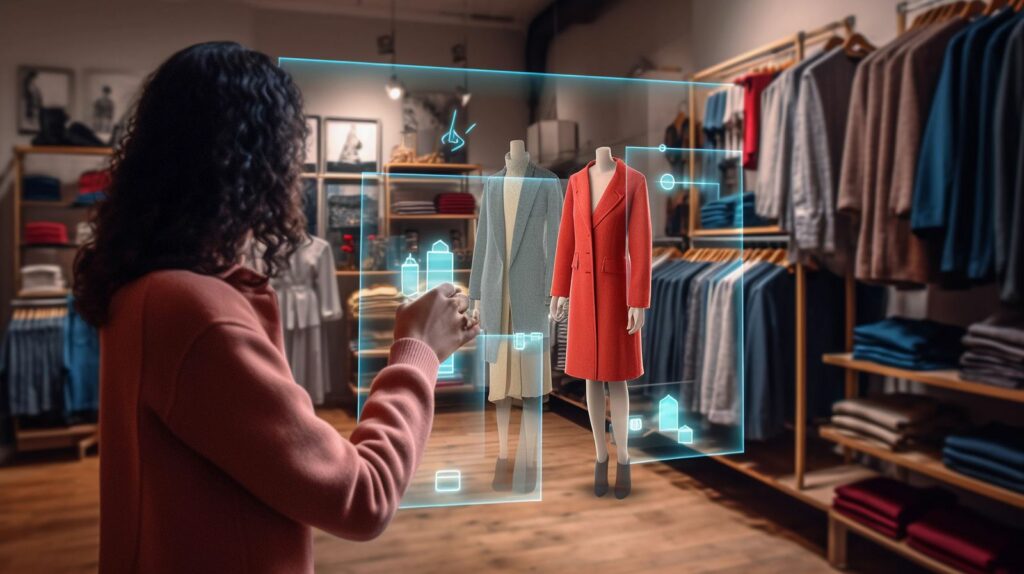In the contemporary market, an oversight seems to persist—a blind spot towards an immensely influential consumer base: women. Are businesses truly seeing the force behind the female consumer, or are they rendered invisible by ingrained biases?
The Ignored Power of the Female Consumer
It’s alarming how many products and services are designed without considering the significant impact and potential purchasing power of women. There’s a prevailing false assumption that women might not have the economic capability to invest in these offerings. This oversight leads to missed opportunities and a disconnect between businesses and a major demographic.
Shifting Tides: The Evolving Consumer Landscape
Industries that historically fixated on male-centric marketing strategies must recognize that the landscape has dramatically shifted. Women are catalysts for change in consumer behaviors, wielding substantial spending power. The outdated perception that their primary consumer base comprises men no longer aligns with reality.
The Economic Force: Unveiling Female Purchasing Power
By 2028, projections suggest that a staggering 75% of discretionary spending will be attributed to women. This figure serves as a compelling wake-up call for businesses still tethered to the belief that their primary consumers are male.
Rethinking Business Strategies: Embracing Inclusivity
It’s high time for a fundamental reevaluation of business strategies and market approaches. Recognizing the evolving spending power and influence of women is not just a matter of morality; it’s a pragmatic business move. Adapting marketing, product development, and service delivery to be more inclusive can unlock an untapped market potential.
Conclusion: Redefining Perspectives for a Thriving Future
As industries and businesses strive to leap ahead, the pivotal question emerges: Are you still viewing your consumers through an outdated lens? Shifting perspectives, acknowledging the substantial influence of the female consumer, and adapting strategies accordingly is the key to staying relevant and prosperous in the market.





